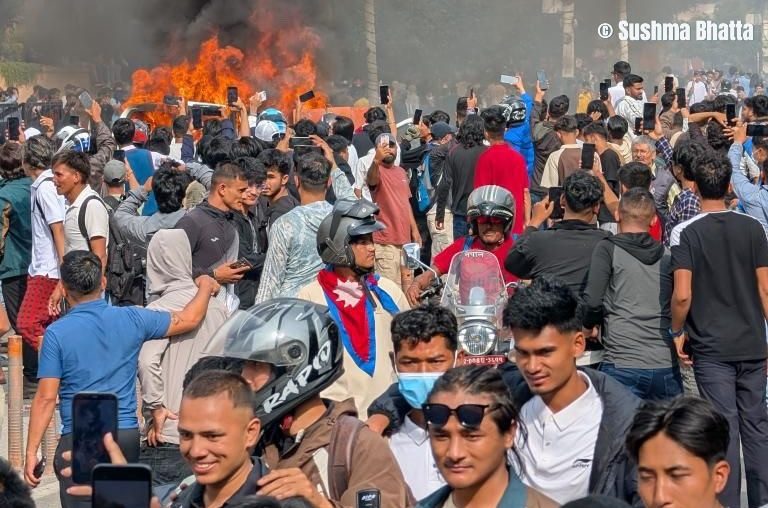Nepal’s non-life insurance companies have paid out about US$26.1 million so far for damages linked to the GenZ Movement protests, even though total reported claims have climbed to roughly US$166.6 million, according to the Insurance Board. This means most claims — nearly US$140 million — are still waiting to be verified or processed.
Property damage makes up the biggest share of losses. Insurers have received 693 property-related claims worth around US$135.2 million. These include damage to buildings, shops, offices, and personal property. The scale of destruction has put heavy pressure on insurers, who are now dealing with one of the largest waves of claims in recent years.
Motor insurance is the second most affected category. A total of 2,290 vehicle-related claims worth US$24.6 million have been filed. Insurers have settled about US$4.9 million so far. Many of these claims involve vandalism, arson, and accidental damage during the protests. More payouts are expected once paperwork and inspections are completed.
Other insurance categories were also hit, though on a smaller scale. Engineering and contractor risk claims totaled US$3.9 million, transport insurance claims reached around US$120,000, and miscellaneous insurance claims amounted to US$2.8 million. Only small portions of these amounts have been paid out so far.
To help insurers keep up with the growing payouts, Nepal Reinsurance Company Ltd. has released US$17.6 million in advance payments. Reinsurance acts as a financial back-up system for insurers, helping companies manage the sudden surge in claims. A total of US$112.4 million in reinsurance claims has been registered.
Experts say the GenZ Movement has become a major financial stress test for Nepal’s insurance industry. With the total claimed amount equal to about five percent of the sector’s yearly income, insurers are facing pressure to settle claims quickly while maintaining enough cash to operate.
The insurance board has urged companies to speed up their assessment processes, exploring ideas like creating a national disaster and riot insurance pool. System as such would help spread large losses across multiple insurers and make the industry better prepared for future crises.
For now, insurers continue to deal with delayed paperwork, rising reinsurance costs, and tight cash flow. In long run, the aftereffects of GenZ revolution might be crucial in strengthening the regulatory frameworks by encouraging insurers to adopt a better contingency plan.





